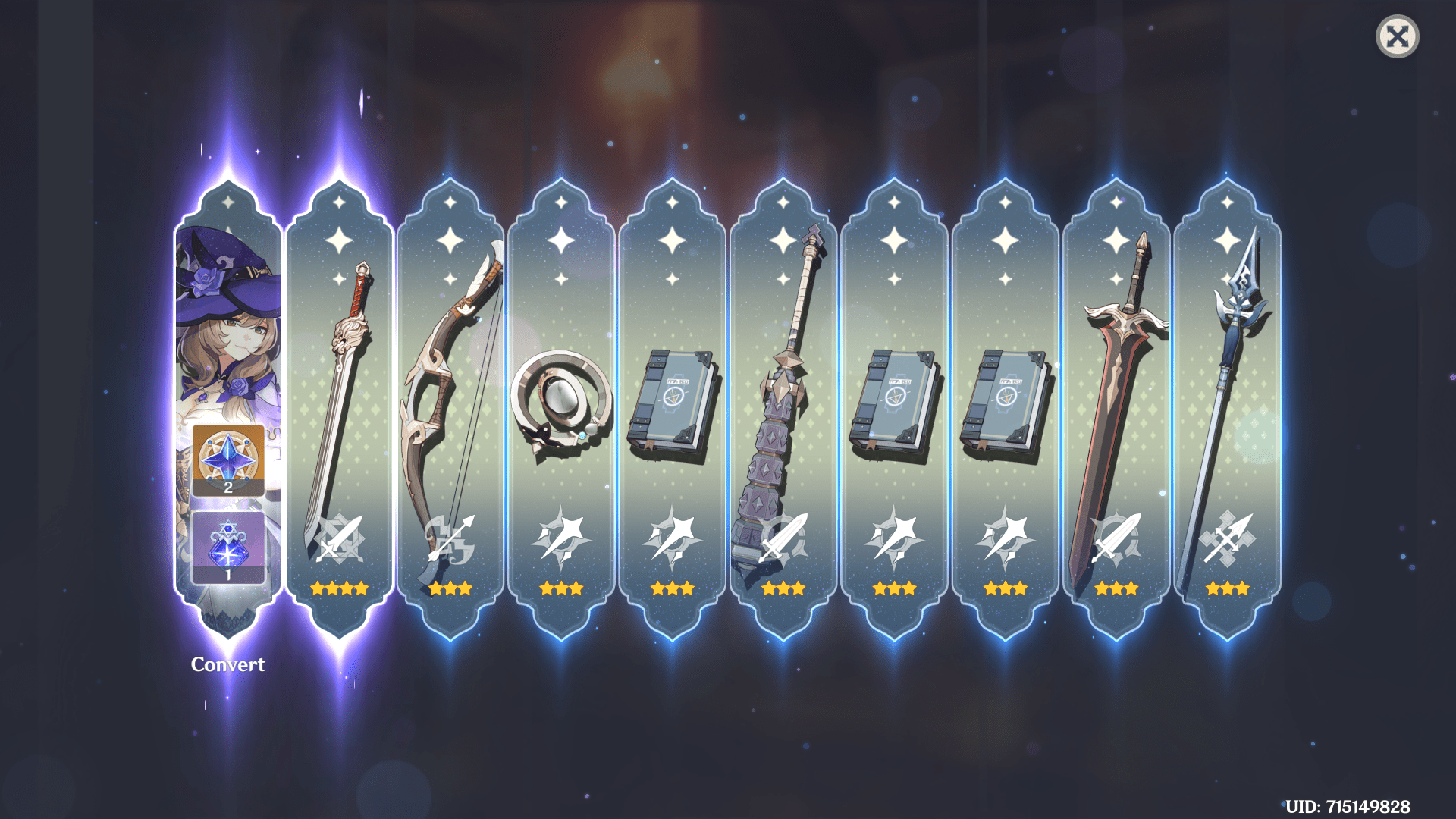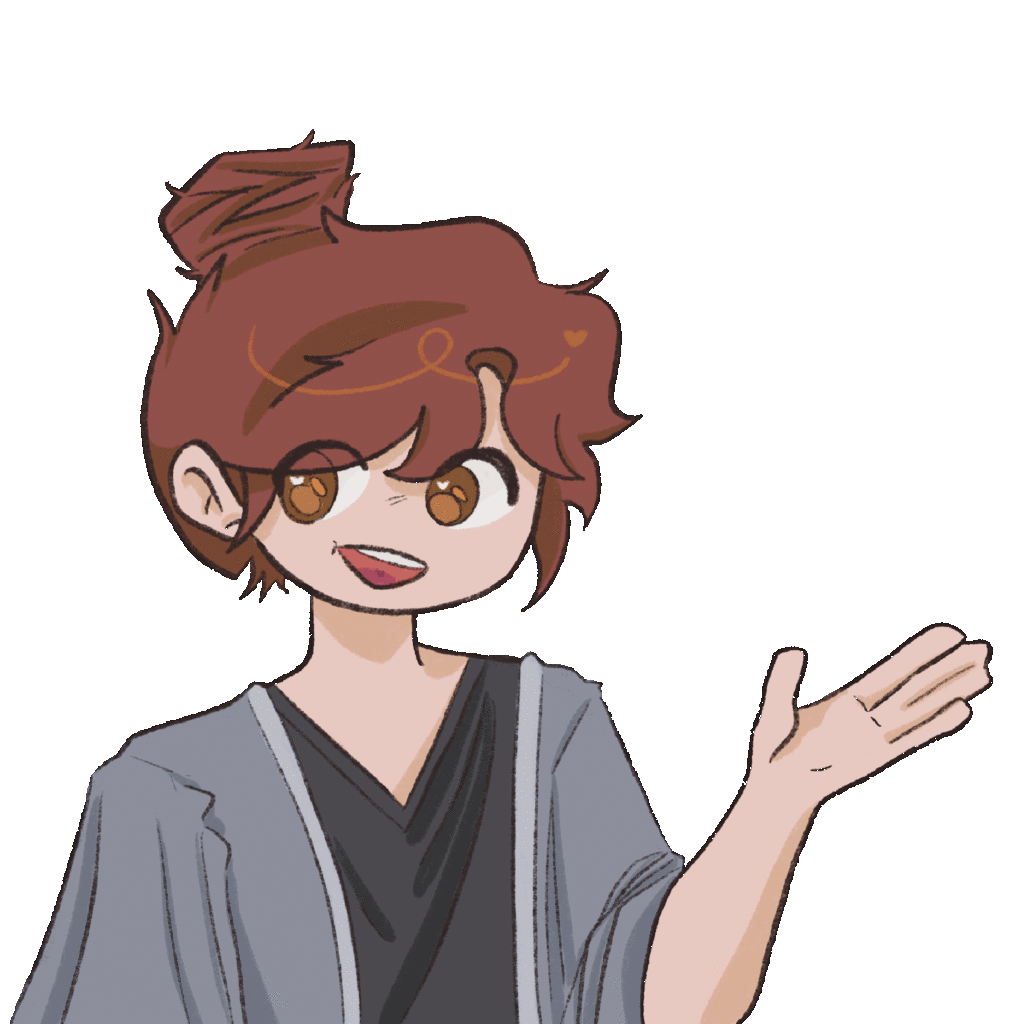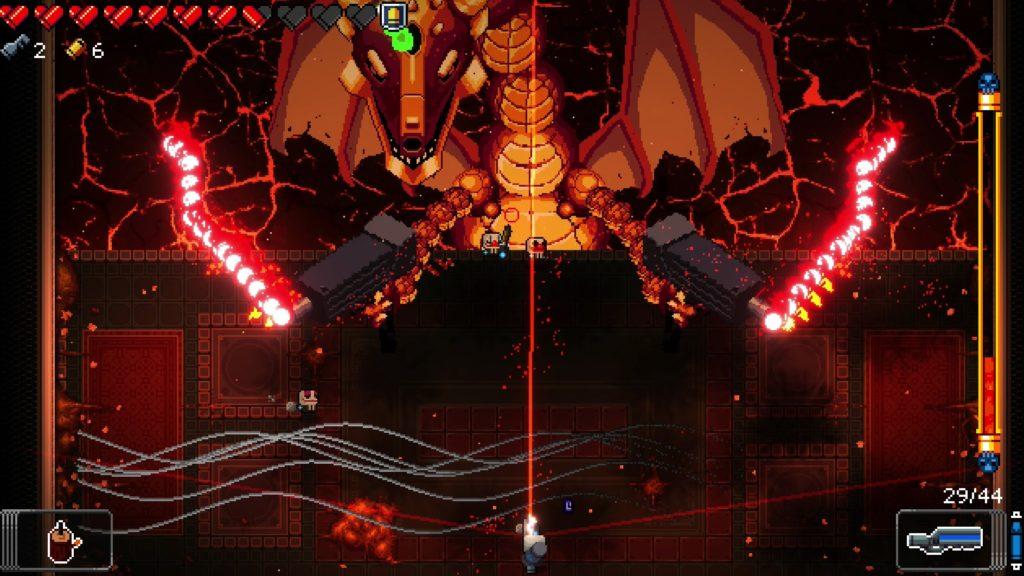The game I played for this critical play is called Genshin Impact, an action role-playing game produced by MiHoYo/HoYoverse for ages 12+. This game is known for its gacha mechanic which originates from the gachapon games in Japan. This gacha mechanic is what is most dangerous for people who become easily addicted to things because its random nature and feeling of getting close to getting an item makes you want to keep “rolling” as they call it in the game. When you roll in Genshin Impact, whether it be for characters or weapons it always shows you a star animation. When you get a five start object the star’s color is gold. If it is a 4-star object, the star’s color is purple and for a 3-star object it is blue. 5-star is usually what you want. However, the start of the animation is the part that gives one hope. It usually starts as an ambiguous color, so the player gets excited thinking that they got lucky, however after a couple of seconds it changes color to what it is supposed to be and can end up in disappointment. This glimpse of hope is what keeps a player coming back because there is always a random chance that you get lucky. This is a way of creating the near-miss manufacturing that was mentioned in our last reading for designing for addiction. A player feels like they are so close to getting what they want so they keep trying but still end up unsuccessful.
In addition to this mechanic, Genshin tries to reward players for rolling and not making things completely unfair by giving them small wins. Every 10 rolls, there is a guaranteed 4-star weapon or character (depending on the banner for which you are rolling). Every 90 rolls, you are guaranteed a 5-star character or weapon. The fact that players get rewarded for at least 10 rolls is what keeps players rolling on banners. This is the secondary reinforcement talked about in the same reading of designing for addiction that is needed to keep players coming back to the game. This is different from other games that like CS:GO that have these lootboxes but don’t have these guarantees. These small wins keep a player motivated since they feel that they can at least win something useful if they keep playing long enough. Below is an example of what a 10-roll would look like.

Are these actions morally acceptable? One can say that Genshin at least tries to give back to players who keep rolling and play the game consistently. However, this does not mean that this encouragement of addiction is a good thing. The game makes it very hard to earn primogems (currency that is used in game that is used to roll on banners). As a result, people resort to buying them from the shop so that they can roll more and get what they want. However, this encouragement of spending money by relying on the “randomness” of banners is a way of getting people hooked in a morally corrupt way. People should be spending money if they are sure they will get a certain result, not if there is a chance of them getting what they want.



